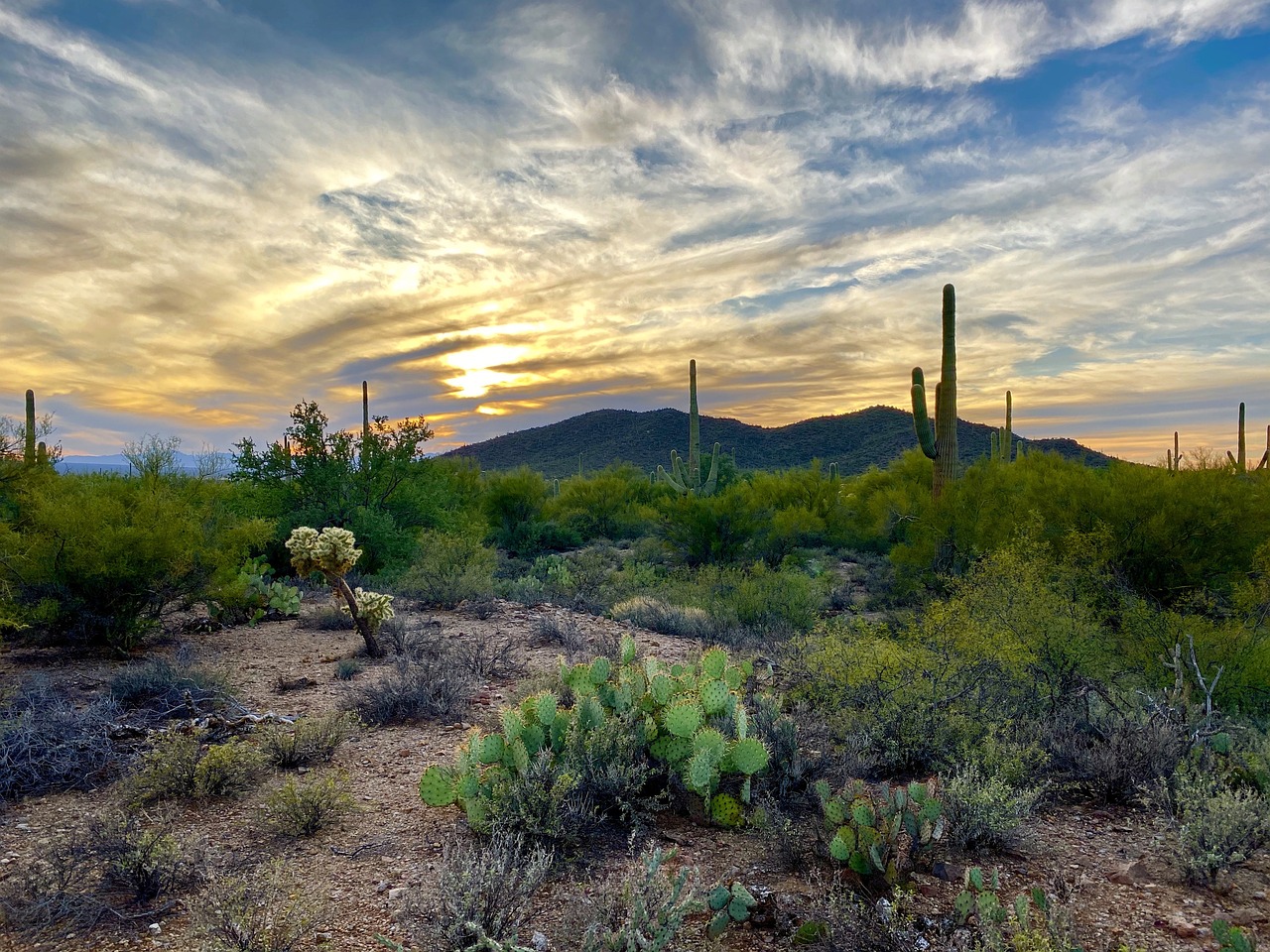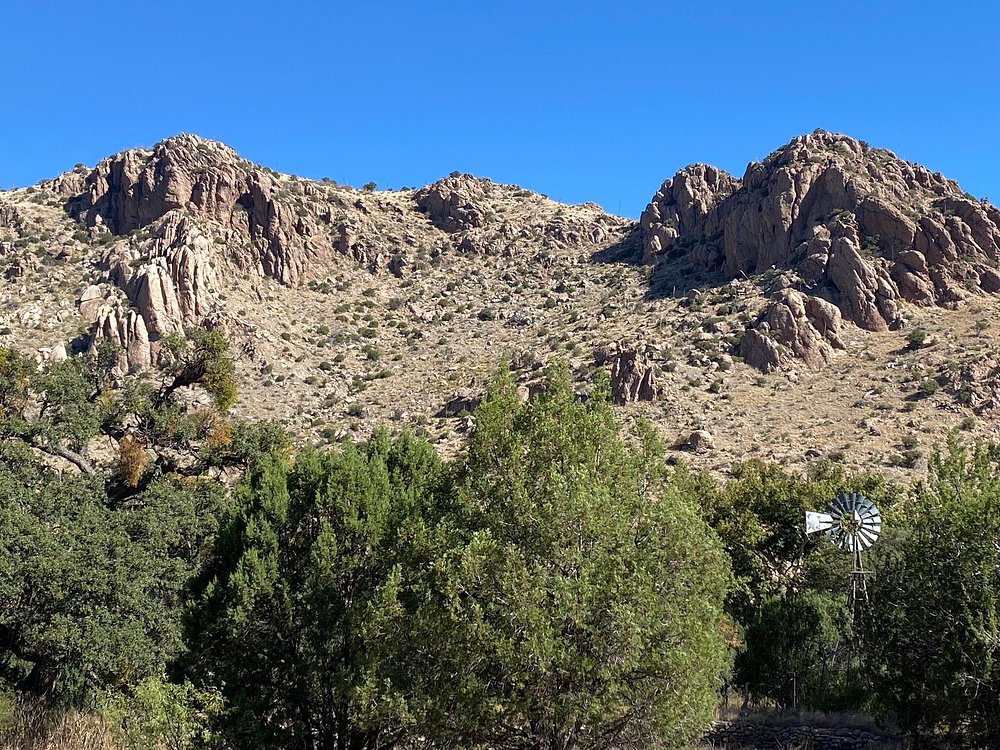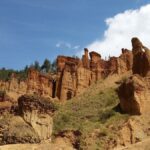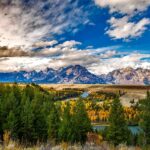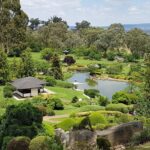Quick Bits:
Saguaro National Park is a desert oasis split into two districts, showcasing the iconic saguaro cactus and the vibrant life of the Sonoran Desert. Located in southern Arizona, it offers breathtaking landscapes, diverse wildlife, and enriching cultural history.
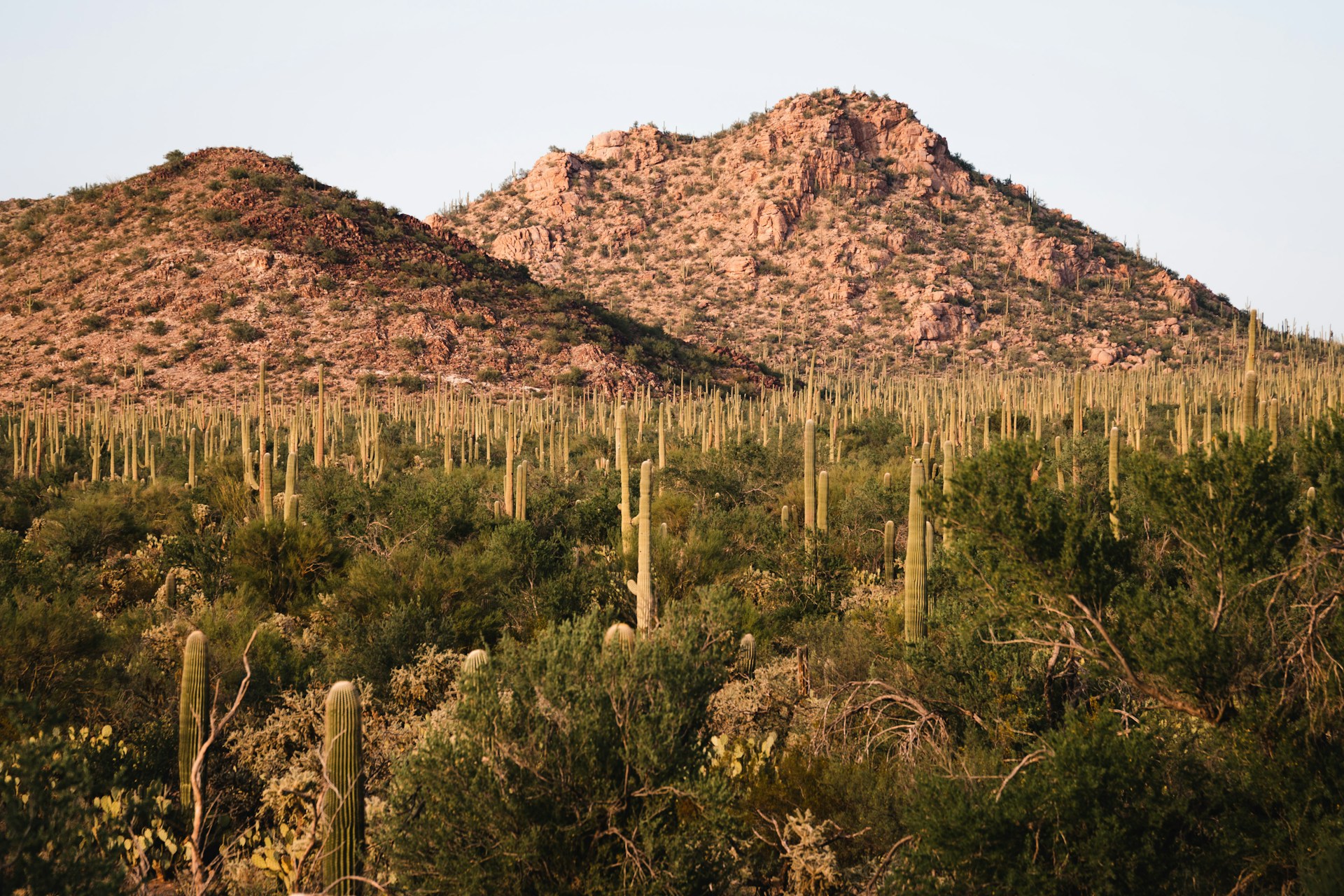
Key Highlights
- Home to the towering saguaro cactus, a symbol of the American Southwest.
- Two distinct sections: Tucson Mountain District (West) and Rincon Mountain District (East).
- Over 165 miles of hiking trails.
- Rich Native American and pioneer history.
- Stunning sunsets and star-filled skies.
General Information
Saguaro National Park lies on the outskirts of Tucson, Arizona. It spans more than 92,000 acres across its two districts. The park was designated in 1994, though its history as a protected area dates back to 1933. It preserves the giant saguaro cactus, a species native to the Sonoran Desert. Visitors can explore its unique ecosystems, discover cultural landmarks, and enjoy outdoor activities.
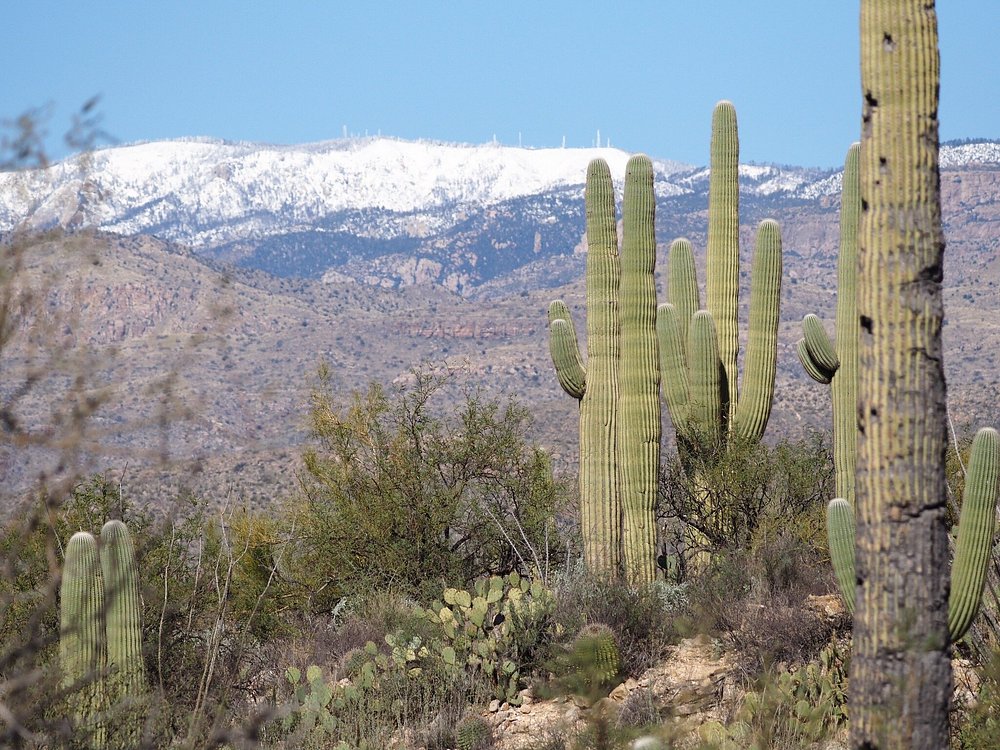
Geography Information
The park is divided into the Tucson Mountain District to the west and the Rincon Mountain District to the east. Both districts lie on either side of Tucson and offer contrasting landscapes. The western district features dense saguaro forests and rolling hills, while the eastern district includes rugged mountain ranges and lush desert valleys.
Key geographic features include:
- Wasson Peak: The highest point in the western district at 4,687 feet.
- Mica Mountain: The highest peak in the eastern district at 8,666 feet.
- Cactus Forest: An area with dense growth of saguaro cacti.
- Desert Washes: Seasonal waterways that provide life to the desert
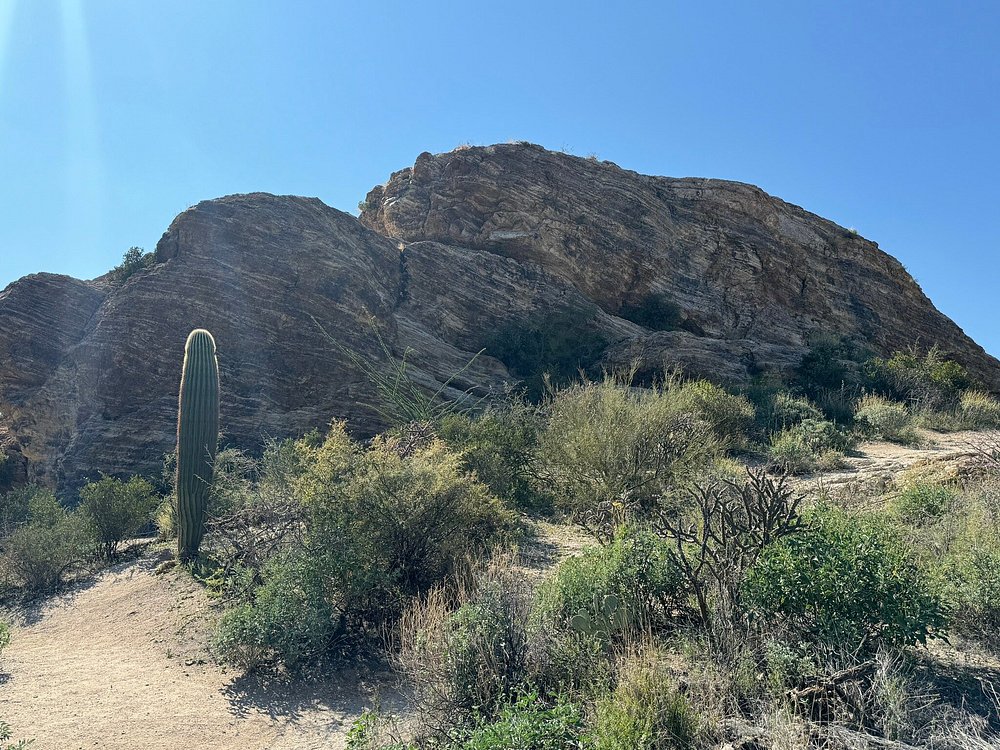
Places to Visit
1. Signal Hill
- Famous for ancient petroglyphs carved by the Hohokam people.
- Easy access and a short hike.
2. Cactus Forest Drive
- An 8-mile scenic loop in the eastern district.
- Ideal for photography and wildlife spotting.
3. King Canyon Trail
- A challenging hike leading to Wasson Peak.
- Offers panoramic views of the desert and surrounding mountains.
4. Valley View Overlook Trail
- A family-friendly trail with views of the Tucson basin.
5. Douglas Spring Trail
- A gateway to the Rincon Mountains with waterfalls during the rainy season.
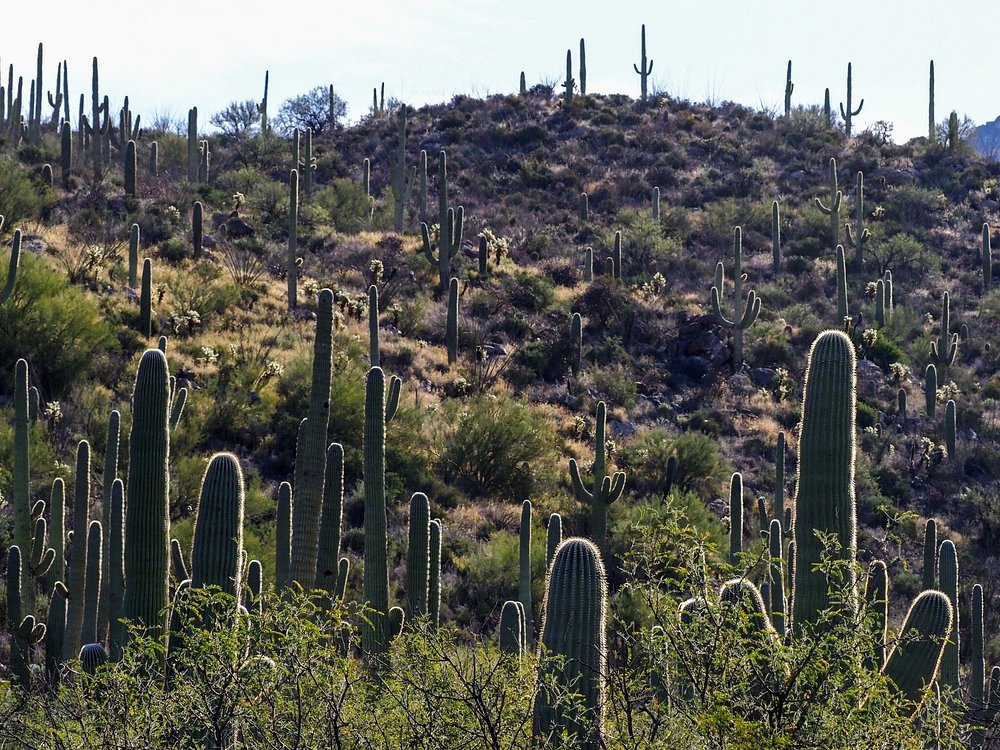
Yearly Climate
Pu
Saguaro National Park has a desert climate with two distinct rainy seasons: summer monsoons and winter showers. Temperatures can vary greatly between day and night.
- Spring (March to May): Warm days with highs in the 70s to 90s. Ideal for wildflower blooms and birdwatching.
- Summer (June to September): Hot days with highs exceeding 100°F. Monsoon storms bring dramatic skies and relief from the heat.
- Fall (October to November): Cooler temperatures and clear skies, with highs in the 70s and 80s.
- Winter (December to February): Mild days and chilly nights, with highs in the 60s and lows dipping into the 30s.
Best Time of Year to Visit
The best time to visit Saguaro National Park is during spring and fall. These seasons offer pleasant temperatures, making hiking and outdoor activities enjoyable. Spring also brings colorful blooms, while fall offers fewer crowds. For stargazers, winter provides clear, crisp nights ideal for celestial viewing
In Summary…
Saguaro National Park is a destination that blends natural beauty with cultural depth. From its towering saguaro cacti to its ancient petroglyphs, every corner of this park tells a story. Whether hiking rugged trails, driving scenic loops, or enjoying a quiet moment under the desert sky, Saguaro National Park offers experiences that leave lasting memories.

